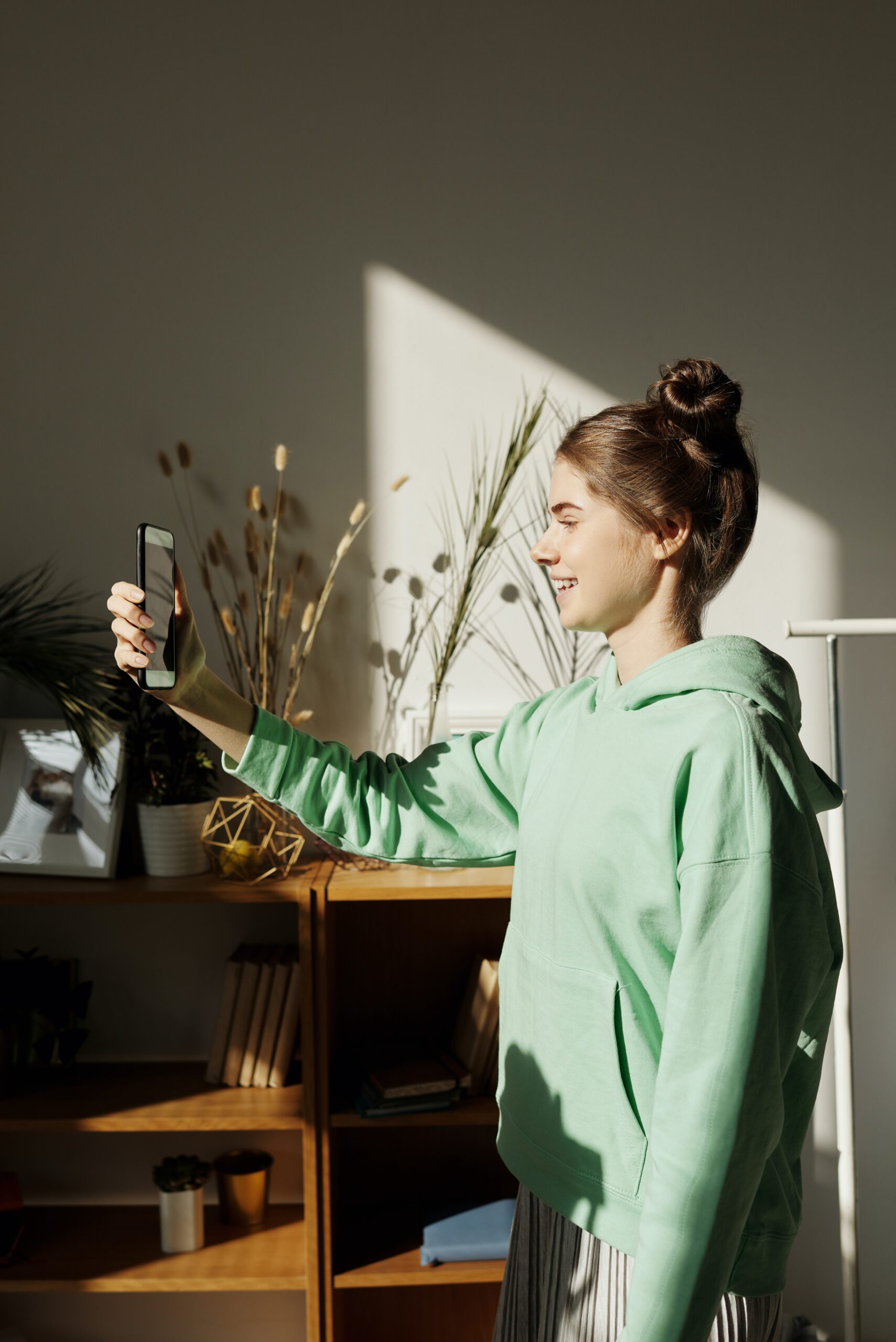Coronavirus is remaking the way children learn and play. Classes by Zoom, homework apps and using a screen to babysit while parents work can be a necessary evil while schools remain closed. Now experts are reporting an increase in short-sightedness (myopia) in kids.
Without doubt, time online has increased dramatically in the past year. The pandemic has certainly highlighted the huge benefits in terms of being able to stay connected with family and friends. Social media use has skyrocketed, according to software firm Qustodio which tracks the usage of thousands of devices by children aged four to 15 in the UK, Spain and the US. Online habits provided by 60,000 families show that website visits and app use in the UK were up more than 100% in January this year compared with January 2020. The average daily time spent on apps rose by 15%. In the midst of all this, children are spending less time outdoors.
Data from more than 120,000 Chinese school children published a few weeks ago suggested a threefold increase in the prevalence of short sightedness among six-to-eight year olds in 2020 – most likely caused by them being confined to their home with schoolwork delivered online between January and May. Among this age group, eyesight deteriorated by -0.3 dioptres on average, equivalent to a 0.25 increase in prescription strength. This means that more children are in need of glasses to achieve clear vision.
Genetic factors are obviously beyond a parent’s control in reducing the chance of a child developing short sightedness but some studies now show that spending time outdoors may be able to slow its onset and progression. Studies have shown that sending children outdoors for an extra 40 minutes on school days resulted in a 10% reduction in the prevalence of short sightedness after three years. It is also possible that spending long periods of looking at nearby objects including screens and books affects eye growth. Researchers in Ireland found that greater than three hours of screen time per day increased the odds of short sightedness in school children. Also investigators in Denmark found that the risk of short sightedness approximately doubled in Danish teenagers who used screen devices for more than six hours a day.
Building an eye healthy lifestyle during lockdown and beyond
Although there are varying guidelines on how much time children should spend on screens and outdoors as well as the importance of daylight they are exposed to, it is possible to conclude that more outdoor time can help balance out the amount of close up work and time being spent on screens. Here are some recommendations:
Less time in front of screens. The World Health Organisation recommends that children under 5 spend one hour or less per day on devices, and children under 1 spend no time on digital devices. Set a timer to remind your children to take regular breaks from the screen.
Spend more time outdoors. Encourage outdoor activities while maintaining social distancing and don’t forget to join your children outdoors too!
20-20-20 Rule. This is where you should take a break from looking at your screen every 20 minutes to look at something 20 feet away for 20 seconds.
Keep screens at arm’s length. Keep your screen 18 to 24 inches away from your face and zoom in on screens to make text larger. Children’s eyesight is precious, so as responsible parents let’s do our best and try to reduce screen time and keep them active outdoors.













